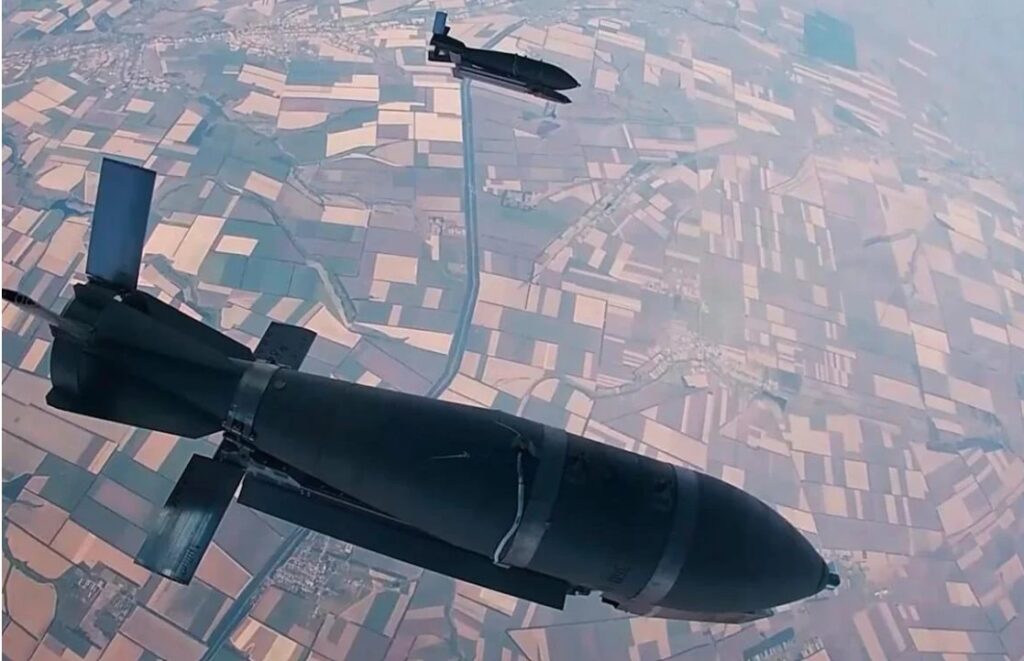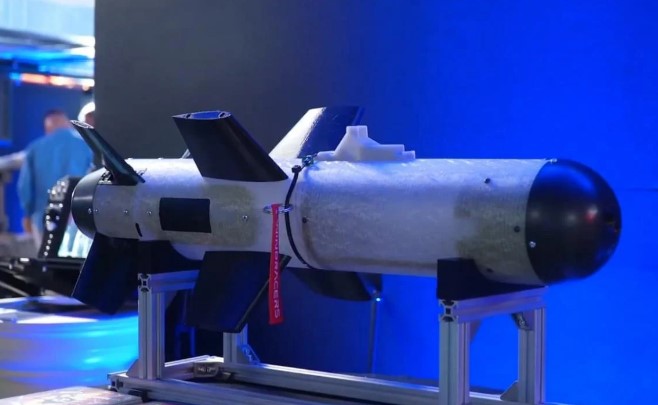Russia sent 20-ton message to Poland during Zapad-2025 drills

Moscow bares its teeth on the NATO border, Defense Express reports. In the Belarusian city of Grodno, near the Gozhsky training ground, a new Russian BTR-22 armored personnel carrier was spotted. It is involved in the joint Russia-Belarus exercises Zapad-2025.
The BTR-22 is equipped with a 30-mm 2A72 autocannon (330 rounds/min), a 7.62-mm PKTM machine gun, and can integrate a remotely controlled combat module. It reaches a maximum speed of 100 km/h, can cross water obstacles, weighs 20 tons, and is powered by a 330-hp engine.
Deliberate “leak” of photos
According to the experts, the vehicle’s geolocation on Kirova Street was identified by the Telegram channel Military Journal. They suggest the BTR-22 photo may have been deliberately released by Russia, signaling strength to Poland, alongside related events:
- incursions of Russian Gerbera drones into Polish airspace;
- deployment of two Iskander missile launchers in Kaliningrad Oblast.
“Budget Boomerang”
The BTR-22 was first unveiled at the Army-2023 forum. Its unofficial nickname is “Budget Boomerang”, as it is a simplified modification of the BTR-82A. Even Russian sources admitted the vehicle lags 20 years behind modern standards, making it essentially a failed attempt to “reimagine” the old BTR-87 design.
Belarusian contrast
Experts note that in 2025, Belarus finally adopted its own Volat V-2 APC after a 15-year delay. The Russian BTR-22’s appearance in Belarus is seen more as a political propaganda signal than a real enhancement of allied combat capabilities.

